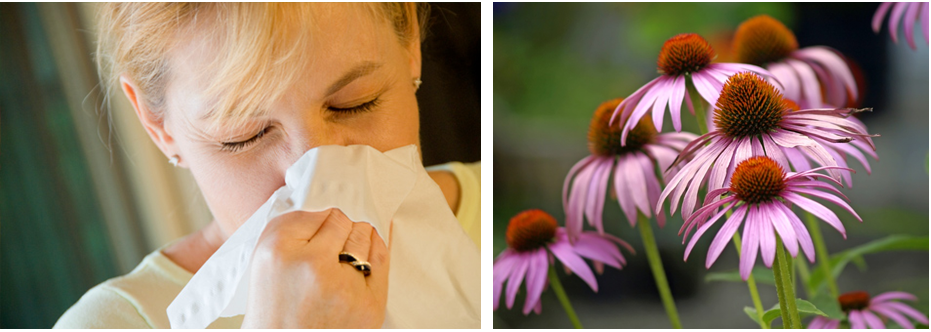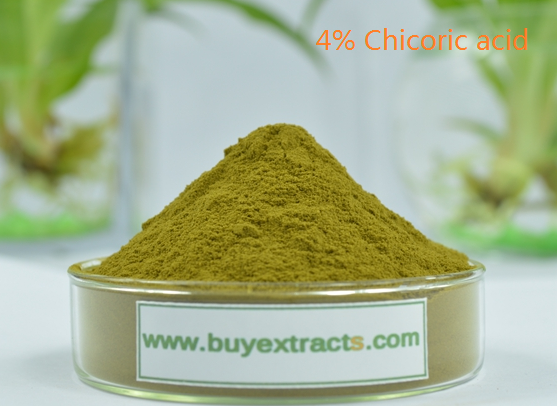Echinacea is a herb whose popularity can never be underestimated at all costs. It is most commonly taken to combat flu and colds. It has been used since time immemorial by Native Americans and is commonly referred to as American coneflower. Echinacea comes in three species namely: Echinacea purpurea, Echinacea angustifolia, and Echinacea pallida. All the three species of Echinacea herb are used to make medicine. The medicine is made from the plant’s flowers, roots, and leaves. Echinacea products are found in various forms that include: juice, tablets, capsules, liquid extracts, and tea. They are found in pharmacies as over the counter (OTC) medicine, supermarkets and health shops as liquid extracts, teas, or dried herbs.

Echinacea is fast gaining popularity and is used throughout the world to heal a range of illnesses and infections. Its benefits include the following:
Echinacea is a stimulant to body’s immune system. It activates the white blood cells thus makes it difficult for foreign properties to infect the cells. Studies show that Echinacea has an antifungal and antiviral effect. Therefore, Echinacea is also used to treat fungal infections.
- Prevention and treatment of cold and flu
Several studies have shown that taking Echinacea products prevents cold or flu. And if cold symptoms have been noticed, Echinacea reduces its effects especially in adults. Other benefits of Echinacea extracts include the treatment of the following diseases and conditions: acid indigestion, chronic fatigue syndrome, dizziness, rheumatism, gum disease, vaginal yeast infections and several others.
The doses of Echinacea depend on how it is prepared. The doses as per how it is prepared are as follows:
- Tablets —— With a tablet with 6.78 mg of Echinacea extract from 5% root and 95 % herb, two tablets are taken three times daily, while freeze-dried extract capsules of 10mg are taken three times daily.
- Juice —— Echinacea herb juice dose is 6 to 9 ml daily for a maximum of eight weeks. The juice can sometimes be used at a dose of 20 drops 3 times daily for cold or flu treatment.
- Tea —— For Echinacea tea, the recommended dose is 5 cups on the first day followed by reducing to one cup over the following 5 days.
Echinacea has been proven to be safe for many people when used for a short period. However, when used for a long period, the following side effects have been reported: fever, vomiting, nausea, stomach pain, sore throat, unpleasant taste, dizziness, headache, insomnia and joint muscle pain.
It also causes allergic reactions to children and sometimes to adults who are allergic to mums, marigolds, or daisies. Most regulatory organizations recommend against administering Echinacea to children. Application of Echinacea to skin can cause itchiness, rash, or redness.
Warnings and special precautions
- Expectant and breastfeeding mothers are advised to avoid the use of Echinacea;
- People with auto-immune disorders such as lupus and rheumatoid arthritis should not take Echinacea since it can worsen their conditions;
- The manufacturing guidelines should always be followed and always use Echinacea products that have standardized extracts. Echinacea strength may vary depending on the manufacturers.
References
- Webmed: Echinacea
- Medicalnewstoday: Echinacea: Health Benefits, Uses, Research
- Nutrasanus: Echinacea Benefits and Side Effects


